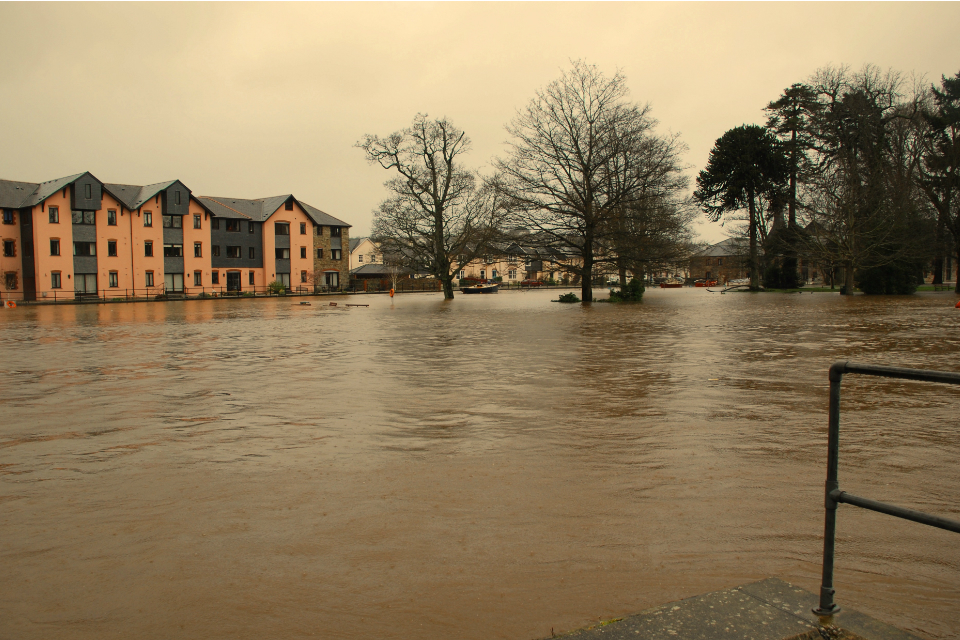Construction will start this summer on a £4 million flood storage area which will reduce the risk of flooding to nearly 300 homes and businesses in Broadway, Childswickham and Murcot.
The Environment Agency, Worcestershire County Council, Wychavon District Council, Broadway Parish Council and Childswickham Parish Council have been working in partnership and have now secured over £2 million Government Grant in Aid funding, enabling the scheme construction to begin. The Environment Agency’s English Severn and Wye Regional Flood and Coastal Committee have also contributed over £1 million. To enable access to the Government Grant in Aid funding under Defra’s Flood Partnership Funding Model, Worcestershire County Council and Wychavon District Council are contributing £555,000 and the local parishes have raised £312,000.
Broadway, Childswickham and Murcot were severely flooded in 2007 following record breaking rainfall across the area. The new flood storage area in Broadway will be able to hold up to 135,000 cubic metres of water during times of flood and will only allow a set amount of water to flow downstream at times of intense and high rainfall. This will reduce flood risk along the Badsey Brook downstream of Broadway.
The English Severn and Wye Regional Flood and Coastal Committee (RFCC) continues to support the scheme and provided funding which allowed the Environment Agency to purchase the 18 acre field where the majority of the flood storage area is to be located.
As a condition of the planning application detailed archaeological investigations, part funded by Worcestershire County Council, are being carried out. This involves excavation work and will reduce the risk of delays during construction. These ground works are almost complete.
Specialist contractors are currently on site carrying out tree clearance in preparation for the main flood scheme works.
Daniel Wilkinson, from the Environment Agency, said:
Flooding has a devastating impact on people’s lives and livelihoods, so it’s great that by working together with our partners we have managed to find a solution which means we are now one step closer to reducing the risk of flooding for residents living in Broadway, Childswickham and Murcot.
Cllr Anthony Blagg, Worcestershire County Council’s cabinet member for environment, said:
Now that the archaeological work is nearing completion, this project can move on to the next stage and closer to protecting homes and businesses with this innovative flood alleviation scheme.
Cllr Emma Stokes, portfolio holder for environment and street scene on Wychavon District Council, said:
It’s almost 10 years since the floods of 2007 but none of us will forget the devastating impact they had. This scheme will help reduce the risk of future flooding and provide greater protection to communities in Broadway, Childswickham and Murcot.
Kevin Beasley, from Broadway Parish Council, said:
We are very pleased that the flood alleviation scheme is progressing well and that the residents of both Broadway, Childwickham and Murcot will be more reassured that the properties are safer from flooding and the devastation that they have previously experienced, once the work is completed.
County Cllr for Broadway in Worcestershire, Liz Eyre BEM, said:
This project represents an enormous amount of hard work behind the scenes. I am simply delighted that sticking by the project, working with talented county and district officers at all levels and the Environment Agency has led to this, a real outcome for my residents.
